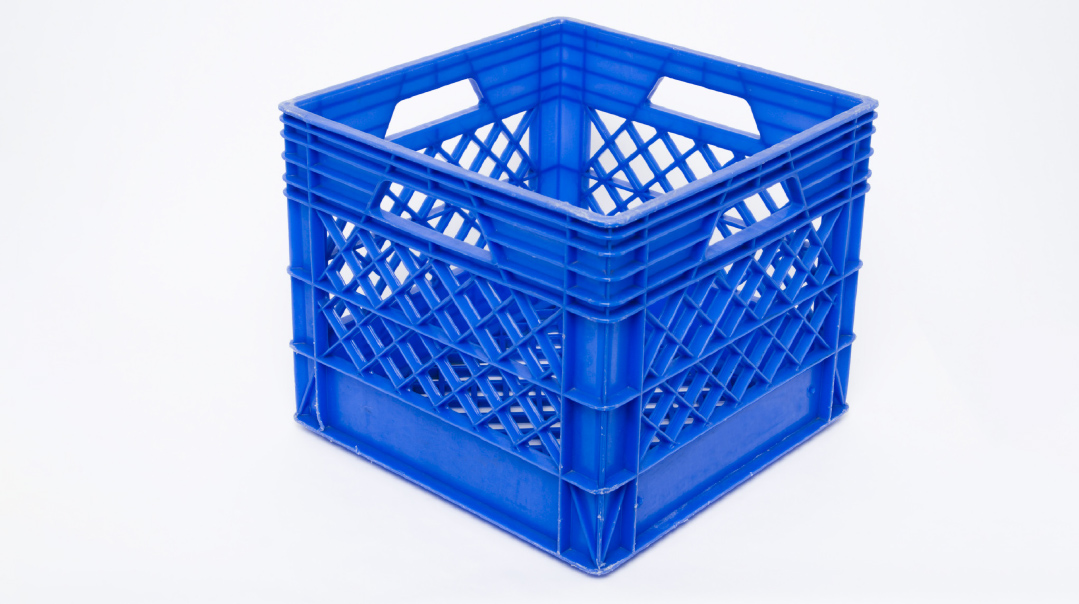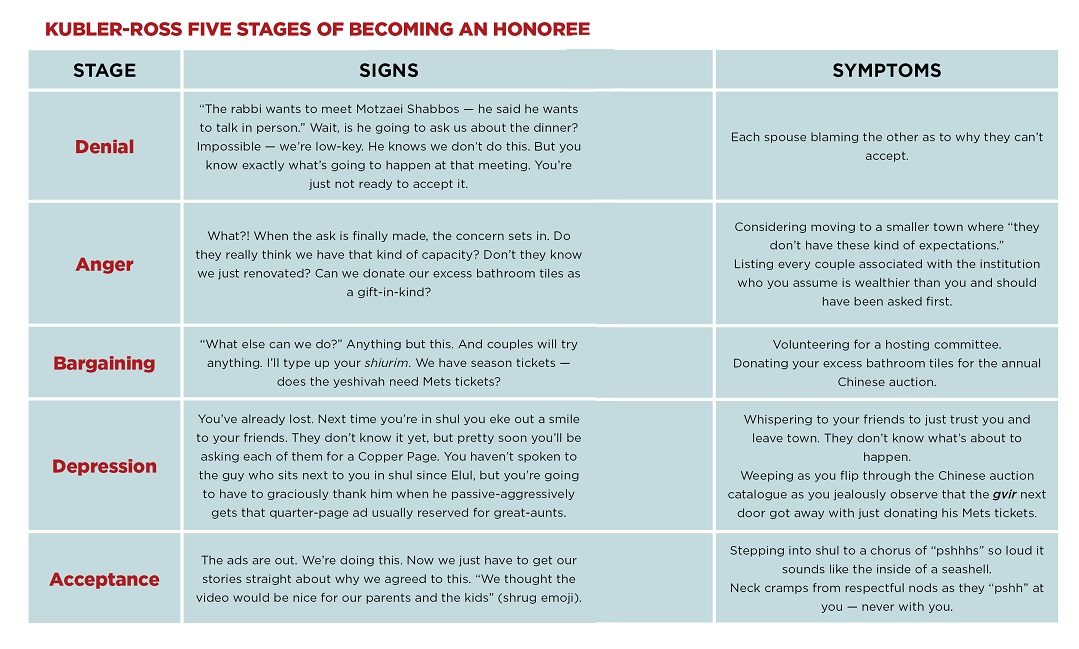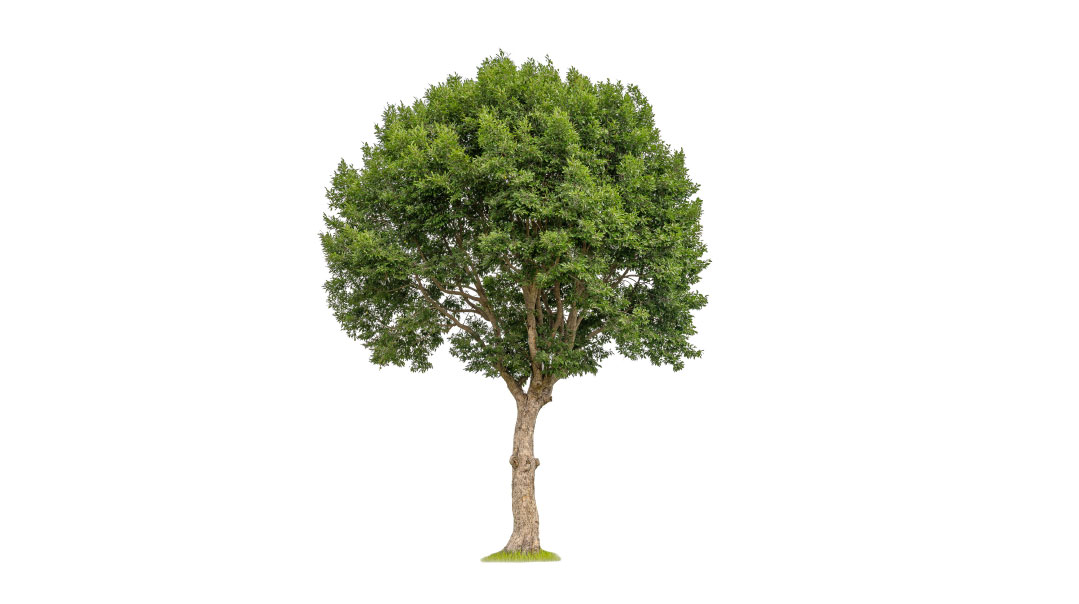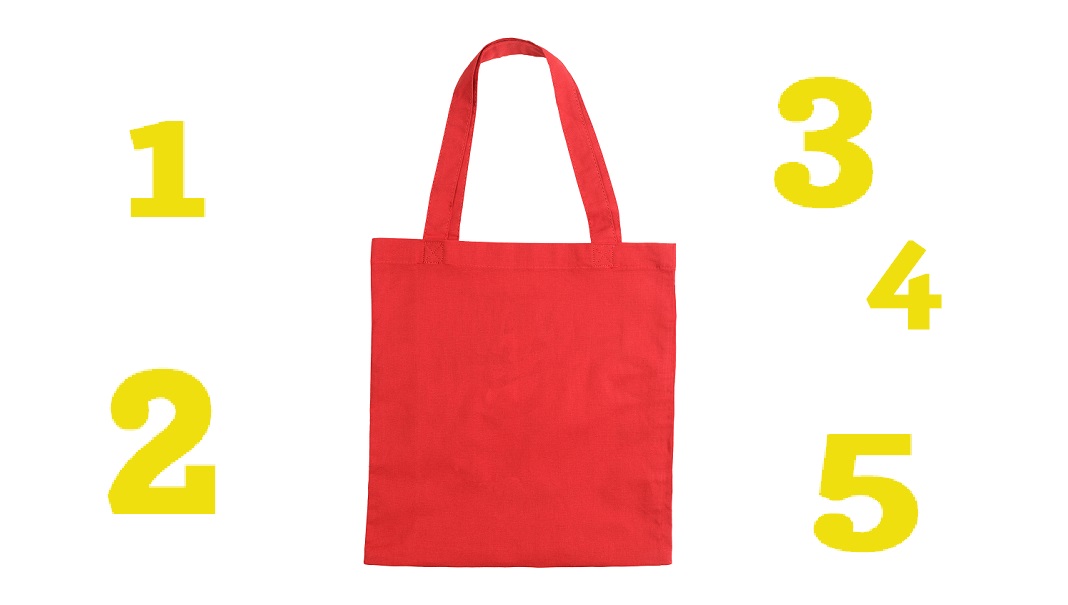Top 5 Mourning Shortcuts We Should Shelve

It might be worthwhile to reexamine some mourning practices

There is a well-known legend about Napoleon and Tishah B’Av. It’s told in a few different ways, but as commonly recited, Napoleon visits a synagogue on Tishah B’Av and is puzzled by all the Jews sitting on the floor and mourning. After examining the kinnos, Napoleon concludes that if the Jewish People are still mourning their Temple after more than 1,700 years, a people so connected to their history and values will surely one day see their Temple rebuilt.
It’s unlikely that this tale is historically accurate (although my dear friend and autodidact historian Shimon Steinmetz has uncovered that such a story was already well-known in the late 1800s). Still, the message resonates. We are indeed mourning the Beis Hamikdash after all these years, and that certainly is a testament to our collective connection to our eternal home. After so many centuries of mourning, though some accommodations have crept in to help the Jewish People cope. While they’re all designed to preserve the same memory, it might be worthwhile to reexamine some of our mourning practices.
Kri’ah at the Kosel
I don’t know how widespread this custom is, but I remember when I first visited the Kosel in high school, a few of the guys decided they would circumvent the need to tear kri’ah by switching shirts with their friends. More recently, I have even seen special shirts advertised to wear to the Kosel in order to be torn. Jews of the world, I know you love your Charles Tyrwhitt shirts, but is this how far we’ve gone in order to avoid tearing them? If you’re willing to continue purchasing the extra-slim-fit shirts that haven’t fit since your second year of beis medrash, you should be willing to tear your shirt at the Kosel. As it is, your buttons are hanging on for dear life. If you can risk your buttons for the sake of feeling extra-slim fit, you can sacrifice a shirt for the Beis Hamikdash.
Most of my recent visits to the Kosel have been with the incredible NCSY Kollel summer program. Each year, hundreds of high school boys visit the Kosel. Some tear, some switch, some rely on leniencies. But every year I’m moved by the same sight: Rav Hershel Schachter and Rav Zvi Sobolofsky, roshei kollel of the NCSY Kollel, spend the rest of their day after visiting the Kosel with torn shirts. No gimmicks, no shortcuts. Great people know how to mourn.
Tishah B’Av Chairs
Excuse me. Pardon me. So sorry. Coming through. The lights in the shul are dimmed. Except for a few of the old-timers who are unable, everyone is sitting on the floor. But there’s always one guy who arrives on Tishah B’Av night with some inflatable couch or lawn chair who begins setting up for Eichah like he’s tanning on a beach. I totally get it — sitting on the floor can be genuinely too physically straining. But we need to establish some ground rules. If the chair you bring to shul on Tishah B’av makes that squishy plastic sound every time you fidget, maybe you need to find something quieter to sit on. And if it has cup holders and a palm tree emblazoned on the back, maybe it best be used in sandier locales.
Growing up, there were three acceptable chair options for Tishah B’Av:
1) Mehadrin min hamehadrin were the crates that the kinnos were stored in. This, in my opinion, is the accepted minhag Yisrael. Yes, you will get up with diamond welts on your legs from the hard plastic, but that’s a part of the process. I always looked proudly at the impressions those crates left on my legs. Without the tefillin marks on my arms, those crate welts were the straps of Tishah B’Av.
2) Little Tikes chairs. Ideally, not the yellow ones, but Tishah B’Av was always the one time a year that adults would sit at the kiddie table. Just please make sure, for your sake, that it’s not covered with globs of Play-Doh.
(3) Most common, however, were those who made their own chairs. Strategic use of a wall, along with a scrunched-up sweatshirt, made sitting on the floor bearable without looking silly. Of course, you’ll be forgiven if you decide your only option is the pink inflatable couch with a pink cup holder. But do us both a favor — please don’t inflate your chair in shul.
The “Special Menu”
Dear Kosher Dairy Restaurants Who Have a “Special Nine Days Menu”: Your menu is always Nine Days–ready and, to be honest, it’s never that special. There are plenty of ways to market a business, and I know as much as anyone how hard it can be to make grilled salmon sound exciting, but can we not use the Nine Days as an advertising ploy? Sure, if a meat restaurant goes dairy for the week, that’s news to be shared with the public. But chevreh, can’t we advertise our baked ziti without references to the destruction of the Beis Hamikdash? I love noodles and cheese as much as anyone — they don’t need our help. Carbs can sell themselves. Let’s leave lasagna out of mourning.
The Siyum
Hadran Alach Pesukei D’Zimra, V’Hadrach Alan. We need to have a conversation about what qualifies as a siyum during the Nine Days. I’m no posek, but all I know is that it’s a conversation we need to have. I’m not just concerned about what we’re willing to make siyumim on during the Nine Days — I’m also concerned about how lousy the food is at our siyumim the rest of the year.
Why do we only serve meat at a siyum during the Nine Days, for the most part? I’ve been to too many siyumim during the rest of the year where they served tortilla chips and off-brand salsa. What happened to the steak? Where are the hot dogs? It’s sad that our Nine Days siyum celebrations have become reminders for how poorly we commemorate our Torah accomplishments the rest of the year.
I once heard from Rav Beryl Gershenfeld that he asked Rav Moshe Shapiro to come to his siyum on Masechta Kesubos. Rav Moshe said he’d come, but only on two conditions: He could farher him on all the Rav Akiva Eigers on the masechta, and second, that the siyum would be fleishigs. Maybe as much as the Nine Days forces us to consider what constitutes a proper siyum, it’s also a reminder of what a siyum should look like the rest of the year: fleishigs.
Used Shirts
Moshe, is everything okay? Just — I don’t know how to say this — looks like you put on a great deal of weight since yesterday, like 50 pounds. As Moshe waddles like a distressed penguin over to his place in the beis medrash, he explains to his chavrusa not to worry. “No, no, baruch Hashem, I’m fine, I’m just wearing eleven shirts and six pairs of pants.”
There are sensible ways to avoid the prohibition of wearing freshly laundered clothes during the Nine Days — ask your local rav about the approach that makes sense for you. But I’d say that if at any point during your preparation for the Nine Days you resemble the Michelin Tire Man, you’re probably doing something wrong. Take one step at a time or, in the case of the Nine Days, one shirt at a time.
(Originally featured in Mishpacha, Issue 771)
Oops! We could not locate your form.







